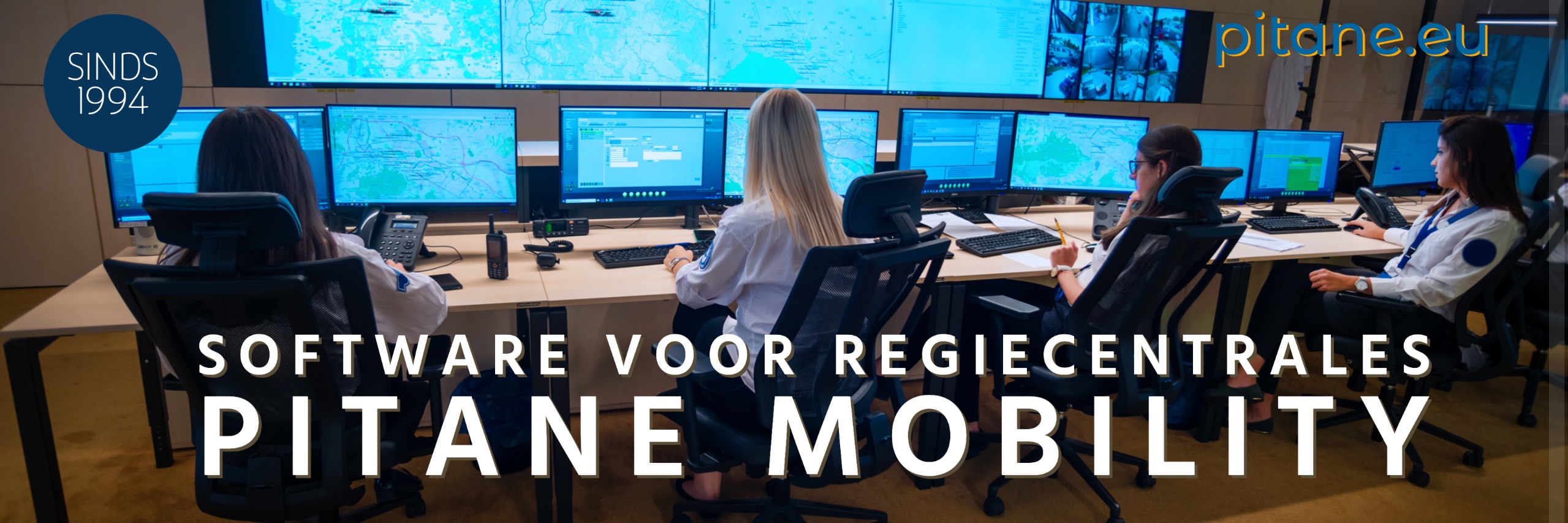The chairman of the trade association calls for a critical evaluation of the influx of transport and would like to see the number of route changes reduced
In an urgent appeal to all Dutch councils of mayors and aldermen, the Royal Dutch Transport (KNV) Healthcare Transport and Taxi is sounding the alarm about the untenable situation in student transport. Chairman Bertho Eckhardt emphasizes the unacceptable pressure under which healthcare transporters and their staff are currently operating. The complaints do not only come from the carriers; Clients, parents and children are also concerned about the problematic start of student transport for the 2023-2024 school year.
The intertwined problems start with an acute shortage of drivers. Entrepreneurs are facing this shortage for a variety of reasons, ranging from the limitations of their current contracts to daily practices that prove more erratic than expected. In addition, the increased complexity in transport demand makes planning more difficult. More customization is needed and the number of solo transport journeys has also increased. Furthermore, adjustments are regularly made to the number of students to be transported, sometimes even after the school year has already started. This upends carefully drawn up plans just as work starts.
effort
Taxi drivers maneuver in a system that is sometimes not optimally set up and deserve recognition and appreciation for their efforts. Criticism of transport for special education and Valys, the service for travelers with mobility disabilities, is indeed a much-discussed topic in the Netherlands. There are often complaints about the punctuality and reliability of these forms of transport. For families and individuals who rely on these services, this can cause a lot of stress and inconvenience.
The use of taxi drivers for special transport such as student transport and Valys services raises a number of ethical and practical questions. It depends on various factors whether it is responsible to have taxi drivers perform this type of work. Being taxi drivers professionals when it comes to transportation. They are familiar with the roads, regulations and logistics. Taxis are generally easily available and can be deployed flexibly, so in many cases they are ideal for this transport.
However, there are points of attention. The target audience of this type of transportation may have special needs beyond the expertise of an ordinary taxi driver, such as medical or behavioral challenges. If taxi drivers offer these services, they may need to undergo additional training to deal with the specific needs of these groups.

Children must be able to get to school safely and on time, and transporters must be able to provide their services in a sustainable way
At the same time, the expectations of parents and students are increasing. This creates a tension as current contracts with healthcare transporters are often not tailored to these expectations. Bertho Eckhardt states plainly that carriers do not have the option to create queues or reduce timetables, something that is possible in other sectors of the economy.
revision
Eckhardt therefore advocates a radical overhaul of the system. He calls for a critical evaluation of the influx of transport and would like to see the number of route changes reduced. In addition, fines for carriers that are already overloaded due to staff shortages and absenteeism must stop. Instead of blaming each other, clients and entrepreneurs should sit down together to find practical solutions. Eckhardt emphasizes that if this means deviating from previously made agreements, one must have the courage to take this step.
The bottom line is clear: if we do not take swift and concerted action, the fragile state of student transportation is likely to cause irreparable damage, with far-reaching consequences for education and the future generation.
In addition to the call for more flexibility and cooperation, there is also attention for technological solutions that can alleviate the problem. The use of advanced route planning software can make a significant contribution to this. Automating route planning can not only help to increase efficiency, but also to better manage the complexity of transportation. Especially in a situation where customization and rapid adjustments are increasingly required, such software can reduce the burden on both carriers and their staff.
Implementing modern route planning software can also improve communication between clients, transporters and parents. With real-time tracking and updates, parents can be better informed about expected arrival times, which can increase overall satisfaction and reduce pressure on carriers. It can also help reduce the number of last-minute changes in the number of students or their destinations, a factor that often throws off planning at the moment.
This technological approach should go hand in hand with the structural and contractual changes that KNV advocates. Because while software can solve a lot, it cannot replace the fundamental human element: the understanding and cooperation between all parties involved. But at a time when student transportation is so clearly at a crossroads, all the resources and ideas available to improve the system cannot be deployed quickly enough.




